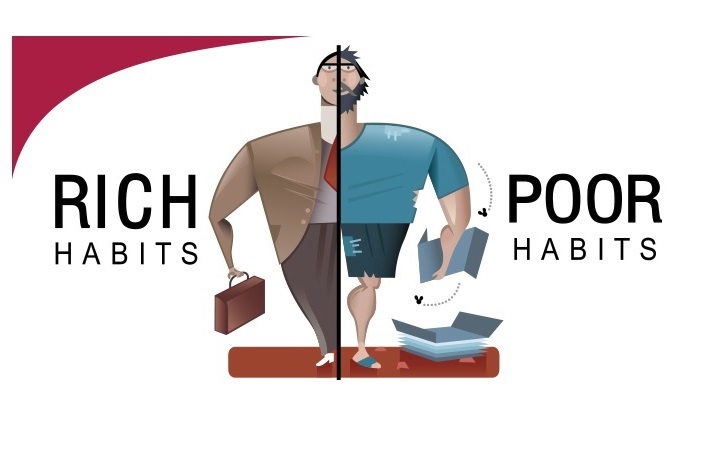Unexpected accidents and injuries can disrupt anyone’s life. While many situations are resolved by determining who was at fault, there are instances where responsibility is determined differently.
One such legal rule is strict liability, which holds a party responsible for certain harms regardless of negligence or intent. Unlike standard claims, where proving fault is necessary, strict liability focuses on the nature of the activity or product that caused the injury.
Understanding when strict liability applies allows individuals to protect their legal rights and helps businesses prepare for potential claims. By knowing which activities or products carry default legal responsibility, parties can navigate legal matters more effectively.
What Is a Strict Liability Claim?
A strict liability claim is a type of legal case where a person or company is held responsible for harm, even if they were careful and did not act negligently. Unlike normal accident or negligence cases, the injured person does not have to prove that the responsible party made a mistake or failed to take precautions. The focus is only on whether the activity or product caused harm.
Strict liability usually applies to situations that are inherently dangerous or risky, such as using explosives, keeping wild animals, or selling defective products. The law holds people accountable in these cases because they are in the best position to prevent harm. This helps protect victims and ensures that those creating the risk take responsibility for any damage caused.
Common Scenarios for Strict Liability
Defective ProductsManufacturers and sellers can be held strictly liable if a product is defective and causes injury. This includes design defects, manufacturing defects, or insufficient warnings. The injured party does not need to prove that the manufacturer was negligent, only that the product was unsafe and led to harm. Consumer safety laws often reinforce these claims, making product liability a frequent area of strict liability litigation.
Abnormally Dangerous ActivitiesCertain activities are considered so inherently risky that those who engage in them are automatically liable for any resulting damage. Examples include using explosives, keeping wild animals, or operating highly hazardous chemical plants. Even if the person follows all safety measures, the law may still hold them accountable for injuries or property damage caused by these activities.
Animal AttacksOwners of certain animals, especially dangerous or exotic species, can face strict liability if their animals cause injury. While domestic pets may not always fall under strict liability unless the owner knew of prior dangerous behavior, wild or inherently aggressive animals often trigger automatic responsibility for harm caused.
Environmental and Hazardous Material ClaimsCompanies dealing with toxic substances, pollutants, or hazardous materials may be strictly liable if their operations result in contamination or injury. Regulatory frameworks frequently support these claims, ensuring that businesses bear the consequences of the risks they introduce to communities and the environment.
How Strict Liability Works in Practice
In a strict liability claim, the plaintiff must demonstrate that the defendant’s actions or products directly caused the harm. Unlike negligence, there is no need to prove a lack of reasonable care.Evidence may include documentation of the product, witness testimony, expert analysis, and records of the activity or incident. By eliminating the need to prove fault, strict liability claims often provide a more straightforward path to compensation for victims.
ConclusionStrict liability ensures that people and businesses engaging in inherently risky activities or producing potentially harmful products take responsibility for any resulting harm. By focusing on the nature of the activity or product rather than fault, this legal principle protects victims, simplifies the process of seeking compensation, and encourages safer practices.
Key Takeaways
Strict liability holds a party responsible for harm, regardless of negligence or intent.
It commonly applies to defective products, dangerous activities, and wild or aggressive animals.
Victims do not need to prove the responsible party was careless to claim compensation.
Evidence focuses on the cause of harm, not the actions or precautions of the defendant.
The law encourages safety and accountability for inherently risky actions or products.
























